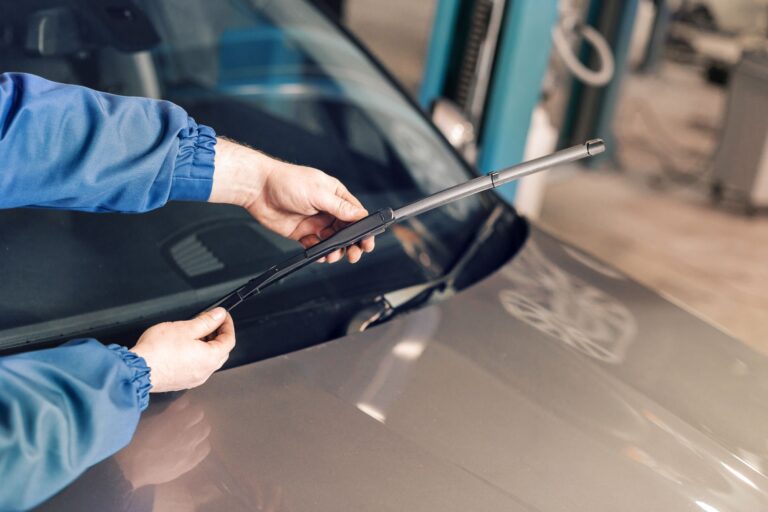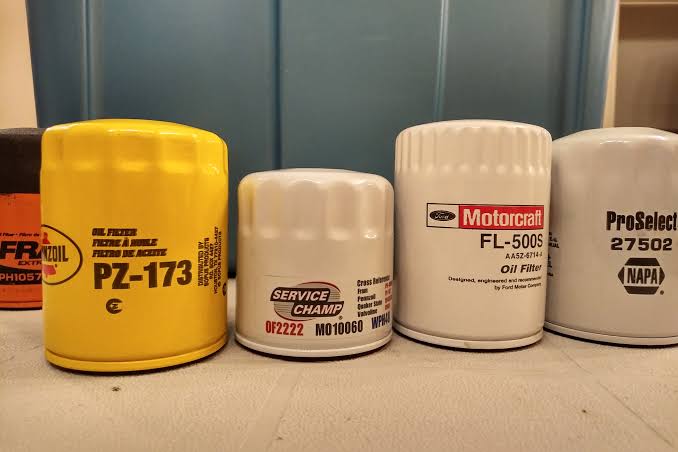Can You Mix Antifreeze Types?

When it comes to maintaining your vehicle, one of the key fluids to keep an eye on is antifreeze (or coolant). It’s essential for regulating your engine’s temperature and preventing freezing in cold weather. But what happens if you need to top up your antifreeze, and the only option you have is a different type than what’s already in your car? Can you mix antifreeze types?
The answer isn’t as straightforward as you might think. While some antifreeze types are compatible with one another, others can react in harmful ways. In this article, we’ll explore the different types of antifreeze, the potential risks of mixing them, and what you should do if you find yourself in a situation where mixing is necessary.
Types of Antifreeze
Before discussing mixing, it’s important to understand the different types of antifreeze available for vehicles. Most antifreeze formulations are based on either ethylene glycol or propylene glycol, with different additives that provide various levels of protection and performance.
1. Inorganic Additive Technology (IAT)
- Common in: Older cars, especially those manufactured before the 2000s.
- Color: Typically green.
- Properties: Provides basic protection against freezing and corrosion. However, it needs to be changed more frequently (typically every 2 years or 24,000 miles) due to the way its additives degrade over time.
2. Organic Acid Technology (OAT)
- Common in: Most modern vehicles (cars, trucks, and some heavy-duty vehicles).
- Color: Usually orange, red, or yellow.
- Properties: Offers longer-lasting protection (usually 5 years or 150,000 miles). It’s designed to be more efficient and provide better protection for your engine and cooling system. OAT antifreeze is generally more stable than IAT but is not compatible with older IAT-based systems.
3. Hybrid Organic Acid Technology (HOAT)
- Common in: A mix of newer vehicles, including European and some American models.
- Color: Often yellow, orange, or pink.
- Properties: Combines elements of both IAT and OAT technologies, providing a balance between longevity and corrosion protection. Typically, HOAT antifreeze offers a good middle ground for a wide range of vehicles.
4. Nitrited Organic Acid Technology (NOAT)
- Common in: Some diesel engines and newer vehicles.
- Color: Usually dark pink or purple.
- Properties: Designed specifically for diesel engines, NOAT provides extra protection against cavitation, a problem that can damage diesel engines.
Can You Mix Antifreeze Types?
In most cases, it’s not recommended to mix different types of antifreeze. Here’s why:
1. Chemical Incompatibility
Different types of antifreeze contain various chemical additives designed to prevent corrosion, freezing, and boil-over. When you mix antifreeze types, especially between IAT and OAT, the additives can react with each other. This can lead to the breakdown of the additives, which will reduce the effectiveness of the antifreeze and possibly damage your radiator or engine over time.
- IAT + OAT: These two types should never be mixed, as the combination can form sludge, which can clog up the cooling system.
- HOAT + OAT: Some HOAT antifreezes may be compatible with OAT antifreezes, but it’s still not ideal to mix them unless explicitly stated by the manufacturer.
2. Loss of Protective Properties
Mixing different antifreeze formulations can result in the loss of the intended protective properties. For example, OAT antifreeze is designed to last longer than IAT antifreeze. However, if they’re mixed, the longer-lasting additives in the OAT antifreeze can break down faster, and the protection could become less effective.
3. Potential for Overheating
If the antifreeze no longer has the correct balance of chemicals, it might not be as effective at regulating the engine temperature. This could lead to overheating, engine damage, or increased wear on the cooling system.
What Happens If You Accidentally Mix Antifreeze Types?
If you accidentally mix antifreeze types, don’t panic. It’s important to flush the coolant system as soon as possible to remove the mixture and prevent any long-term damage. Here’s what you should do:
1. Flush the Cooling System
If you suspect or know that you’ve mixed antifreeze types, the first step is to flush the cooling system thoroughly. This involves draining the mixed coolant, rinsing the system with water, and then refilling it with the correct, single type of antifreeze.
2. Check the System for Leaks
After flushing, inspect the system for any leaks, especially around the radiator, hoses, and water pump. If the antifreeze additives have reacted, it could cause corrosion or other damage, leading to leaks.
3. Replace the Thermostat and Radiator Cap
In some cases, it’s a good idea to replace the thermostat and radiator cap, as these parts could be impacted by chemical reactions caused by incompatible antifreeze types.
4. Monitor Engine Temperature
After flushing the system and replacing the coolant, keep an eye on your engine temperature. If you notice any signs of overheating or poor performance, there may still be issues with the cooling system that need attention.
What to Do if You Must Top Up with a Different Antifreeze Type
If you’re in a situation where you need to top up your antifreeze, and you don’t have the exact type on hand, here are a few things to consider:
1. Check Manufacturer Recommendations
Look at your owner’s manual or check the manufacturer’s website to see if mixing types is allowed. Some vehicles are designed to be compatible with different antifreeze types, but this is rare.
2. Use the Same Type
If possible, always use the same type and color of antifreeze as what is already in your car. This reduces the risk of incompatibility and ensures optimal protection.
3. Top Up with a Compatible Antifreeze
If you can’t find the exact antifreeze type, you can usually use a compatible one, but it’s crucial to check whether your vehicle is designed for mixing. Some brands or types may claim to be “universal,” but it’s better to be cautious.
4. Plan to Flush the System Soon
If you do mix antifreeze types temporarily, plan to flush the system as soon as you can to prevent long-term damage.
Conclusion
In conclusion, it’s not recommended to mix antifreeze types unless absolutely necessary. Mixing different formulations can lead to chemical reactions, reduce the effectiveness of your antifreeze, and potentially damage your engine and cooling system. Always strive to use the same type and color of antifreeze that’s already in your vehicle, and consult your owner’s manual for any specific guidelines regarding coolant types.
If you do mix antifreeze by accident, be sure to flush the system as soon as possible to prevent any long-term damage. By keeping your cooling system in good shape and using the correct antifreeze, you can ensure your engine stays cool and protected for years to come.





